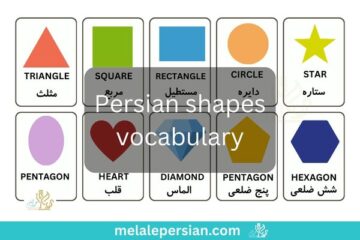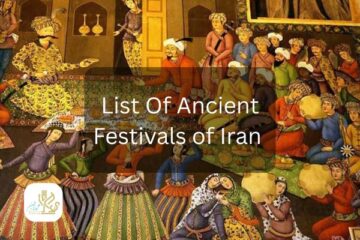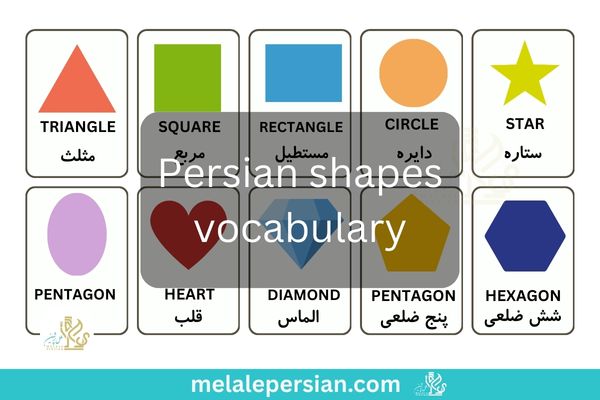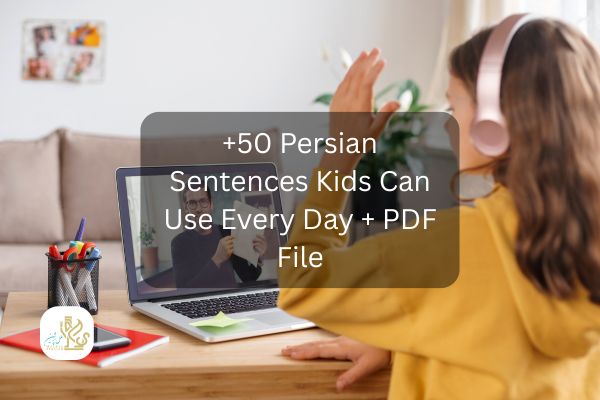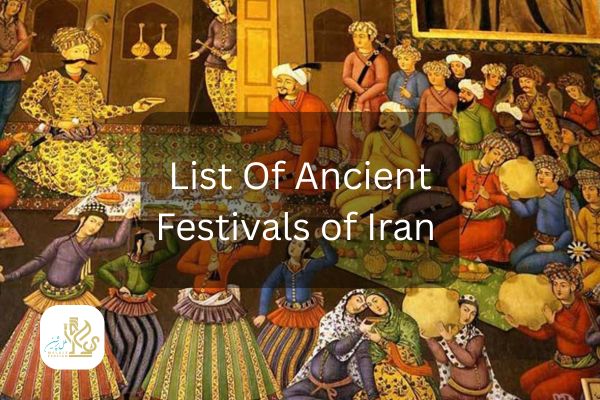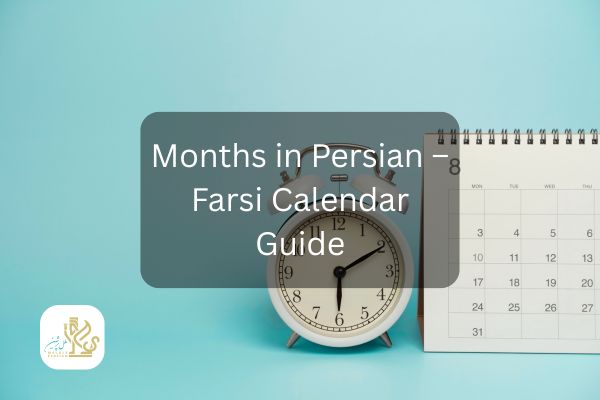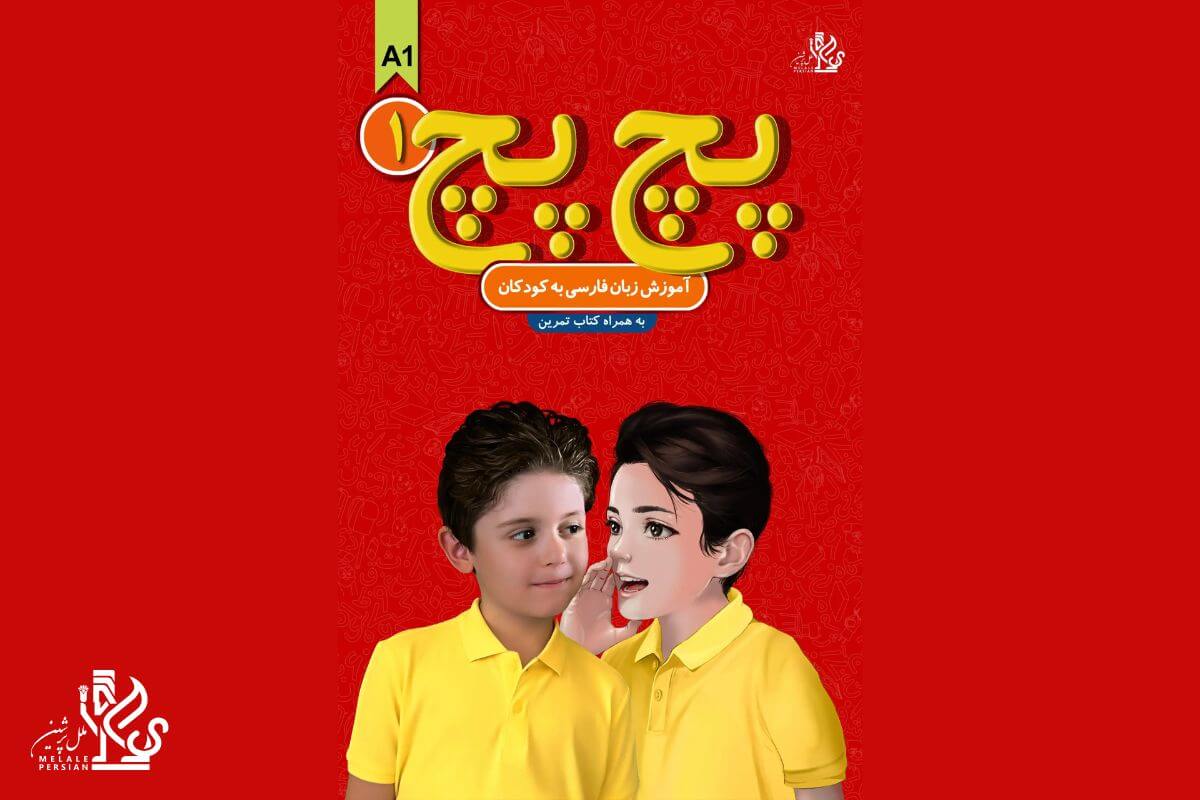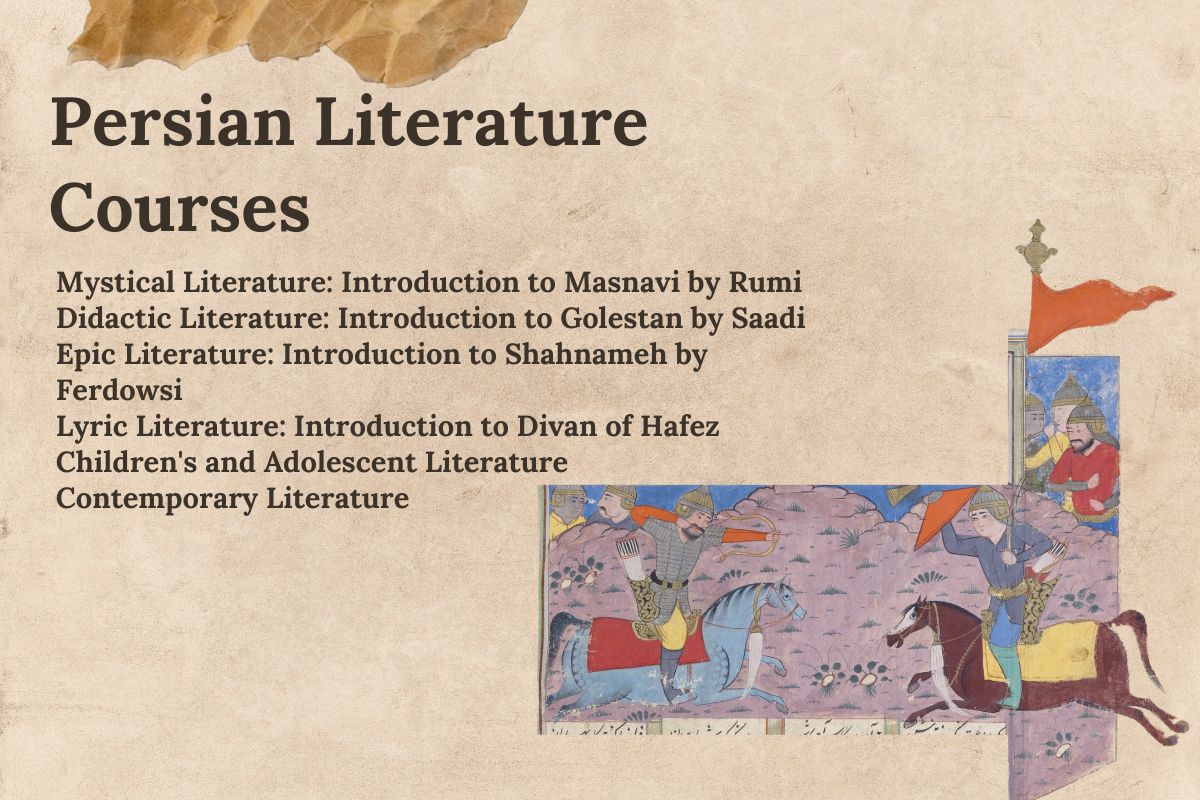Language is an abstract concept with two tangible manifestations: script and sound. Through writing, a language is documented, and through speech, it is expressed. Persian is an ancient language with a rich history, which has also influenced the development of the Persian script. To explore the characteristics of Persian script, we will first take a brief look at its historical evolution. For more details, you can refer to the article on the historical development of Persian script.
During the Achaemenid era, Old Persian was written in cuneiform script, while in the Parthian period, Middle Persian was written using the Aramaic script (Abolghasemi, 1994: 154). Over time, the Aramaic script evolved into the Pahlavi script, which became the official script of the Persian language during the Sassanian era.
At the advent of Islam, Iranians spoke Middle Persian, written in the Pahlavi script. With the arrival of Islam in Iran, the Arabic script—used in the Quran—was gradually adopted and eventually replaced the Pahlavi script (Barati, 2009: 111). However, it is important to note that Persian and Arabic are two distinct languages, and their only major similarity is the script. For further insights, you can read the article on the distinction between Persian and Arabic.
It is also essential to recognize that Persian script has distinct differences from Arabic script, leading to its unique characteristics. Below are some of these features:
- Some letters represent the same sound:
- ت, ط → /t/
- ز, ض, ذ, ظ → /z/
- Some letters have multiple pronunciations:
- و → /o, v, u, _/
- ی → /y, i/
- Some letters are silent:
- و in “خواهر” (sister) and “خواب” (sleep)
- Short vowels (/a, e, o/) are not written:
- کرم can be read as کَرَم (generosity), کِرِم (cream), کُرُم (chrome)
- Each letter takes different shapes depending on its position in a word:
- خودکار (pen), ناخن (nail), میخ (nail), کاخ (palace)
- Some letters differ only in the number of dots:
- بـ , یـ , پـ
- تـ , ثـ
In addition to the Persian script, the phonetic features of the Persian language are also unique. Understanding these aspects is crucial when teaching Persian to non-Persian speakers.
References
- Abolghasemi, Mohsen. (1994). History of the Persian Language. Tehran: SAMT.
- Barati, Mahmoud. (2009). The Evolution of Persian Script. Persian Language and Literature Research Journal, 1(2), 109-128.




